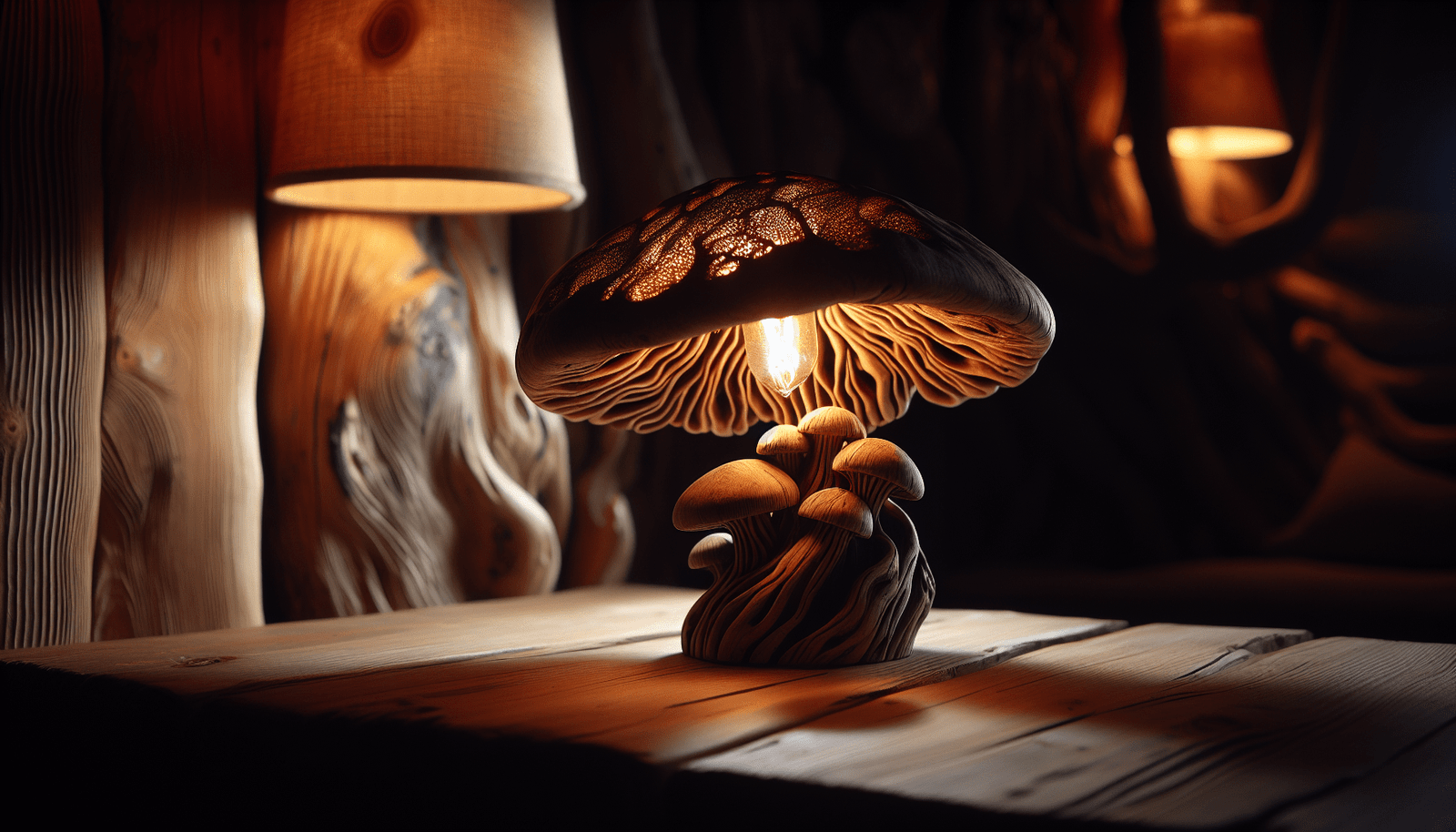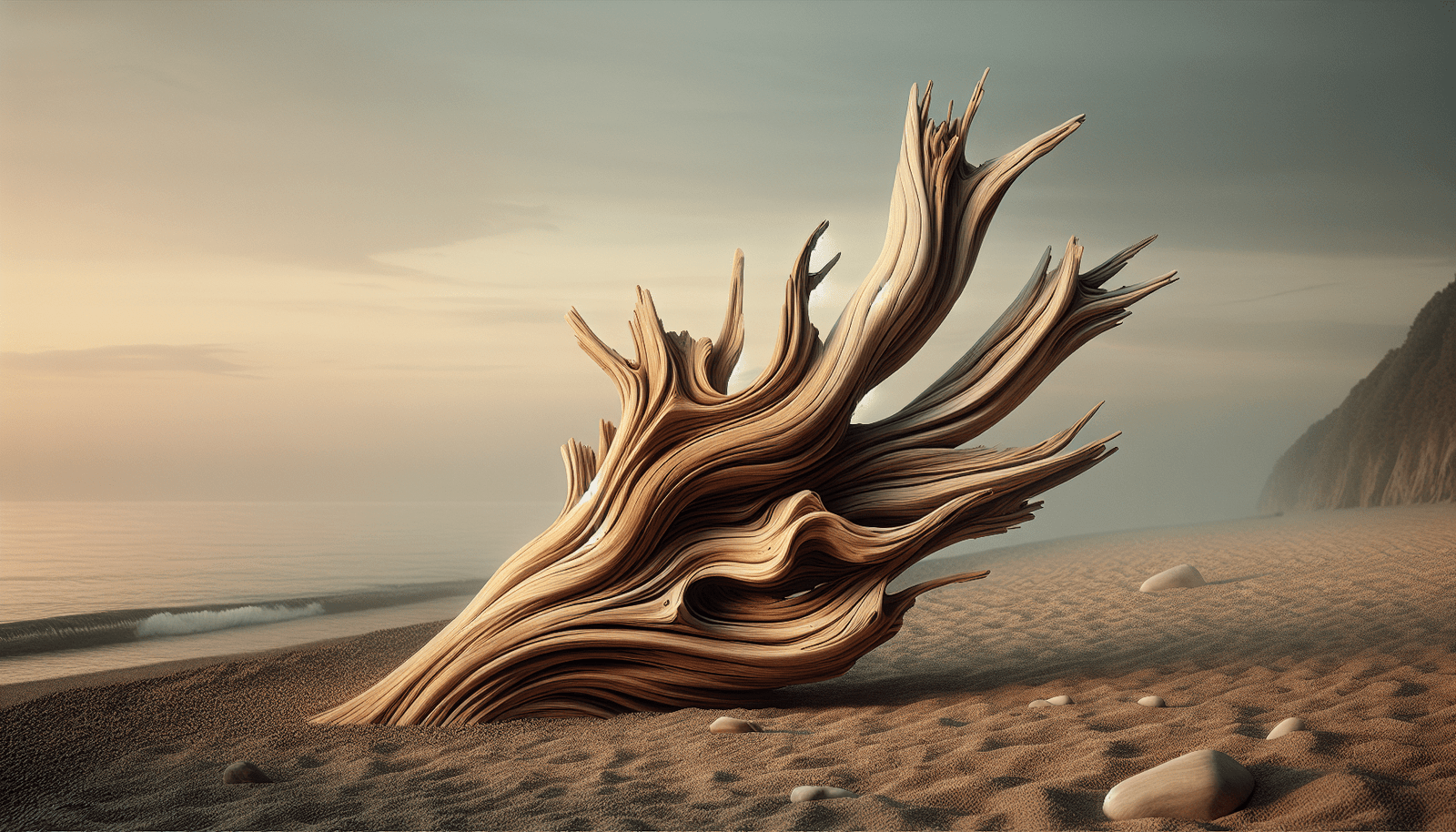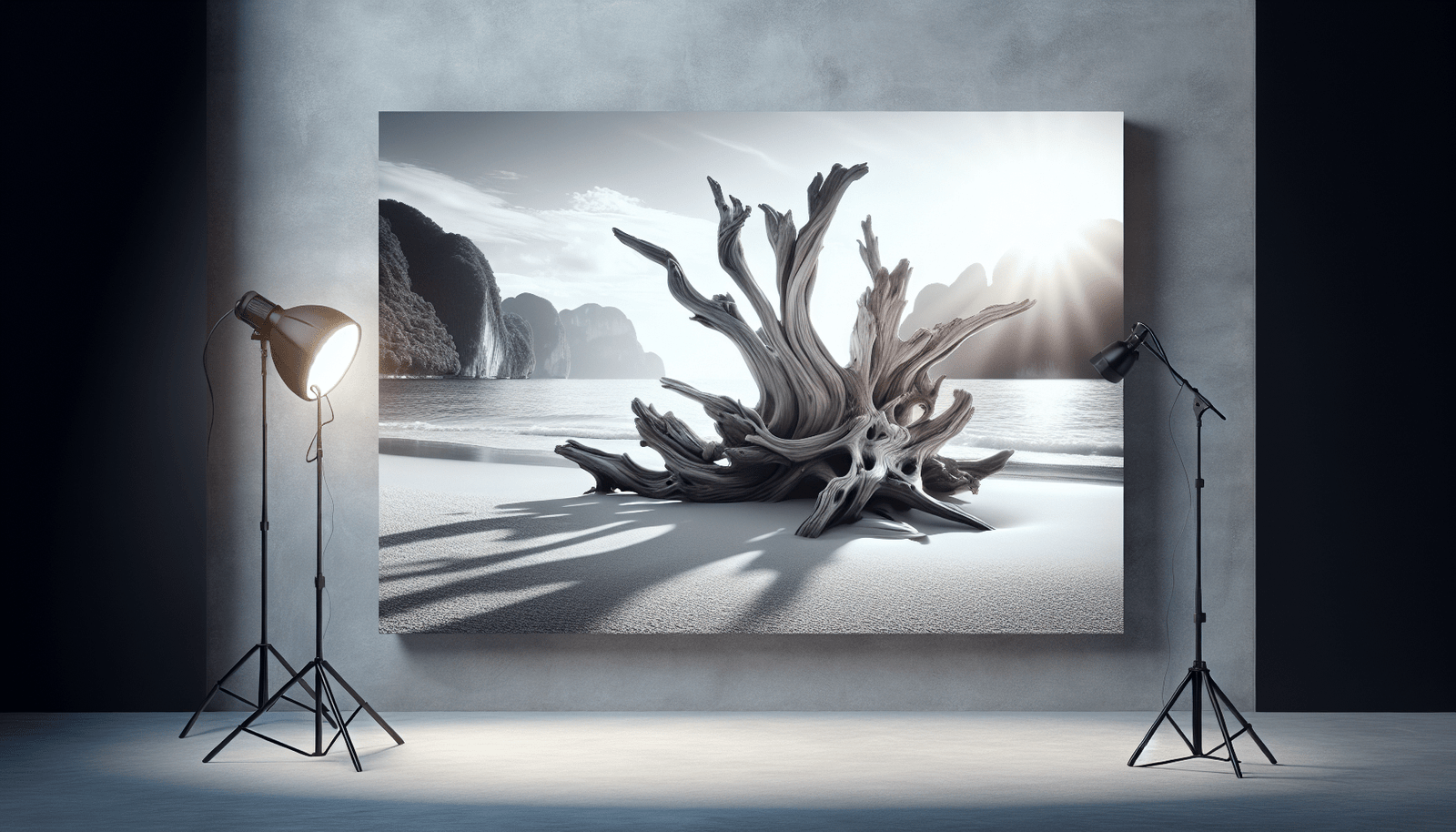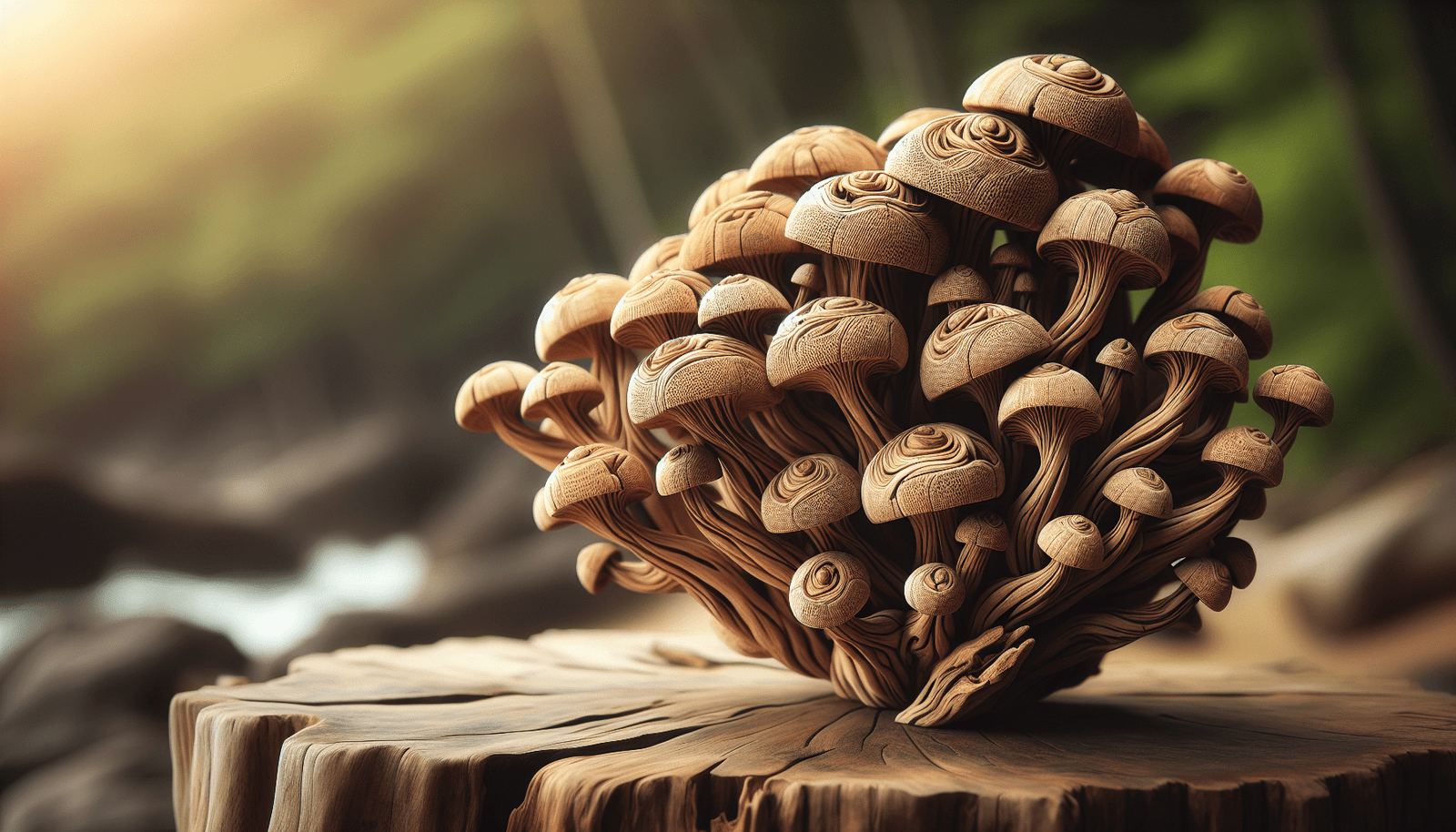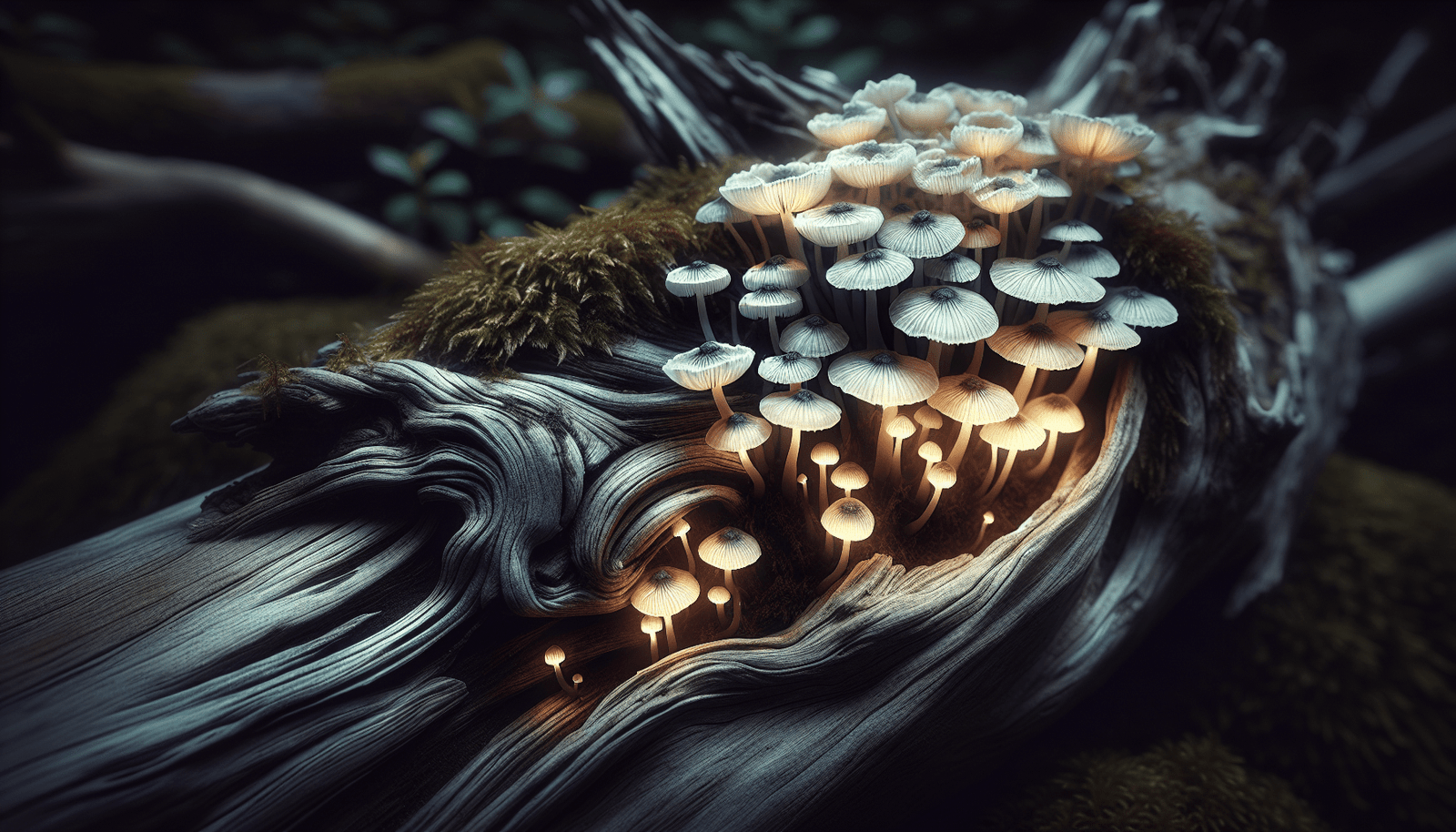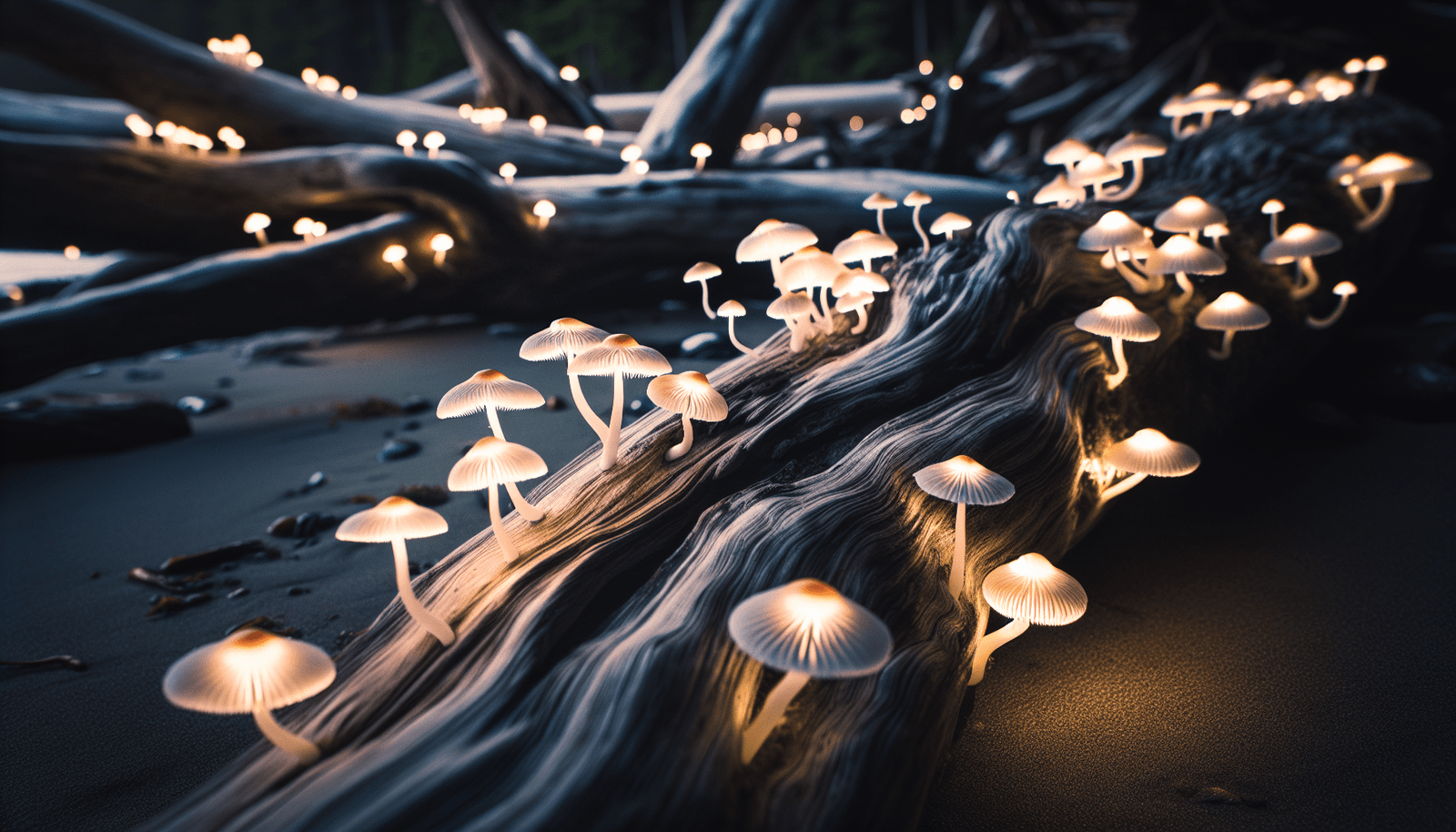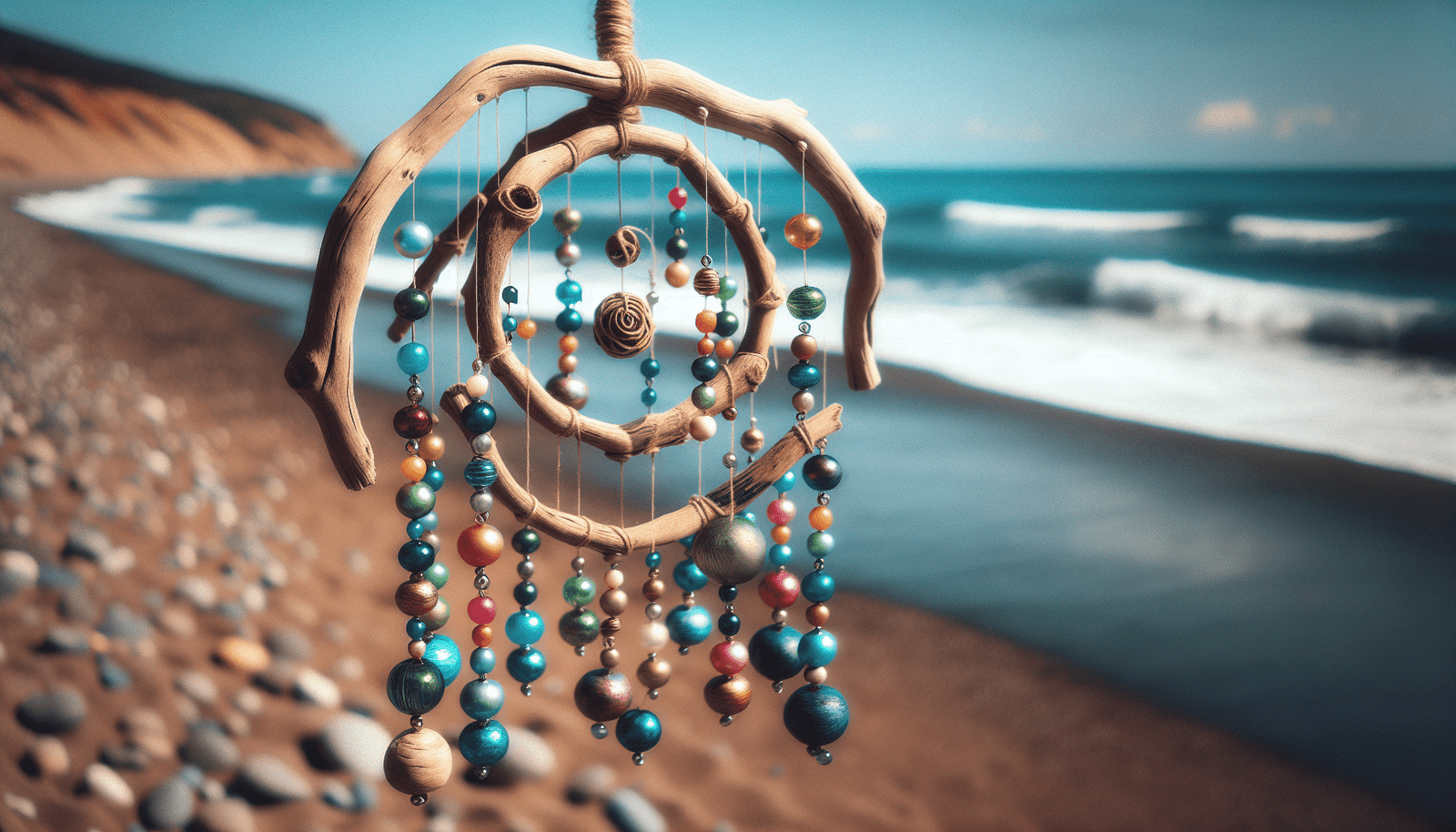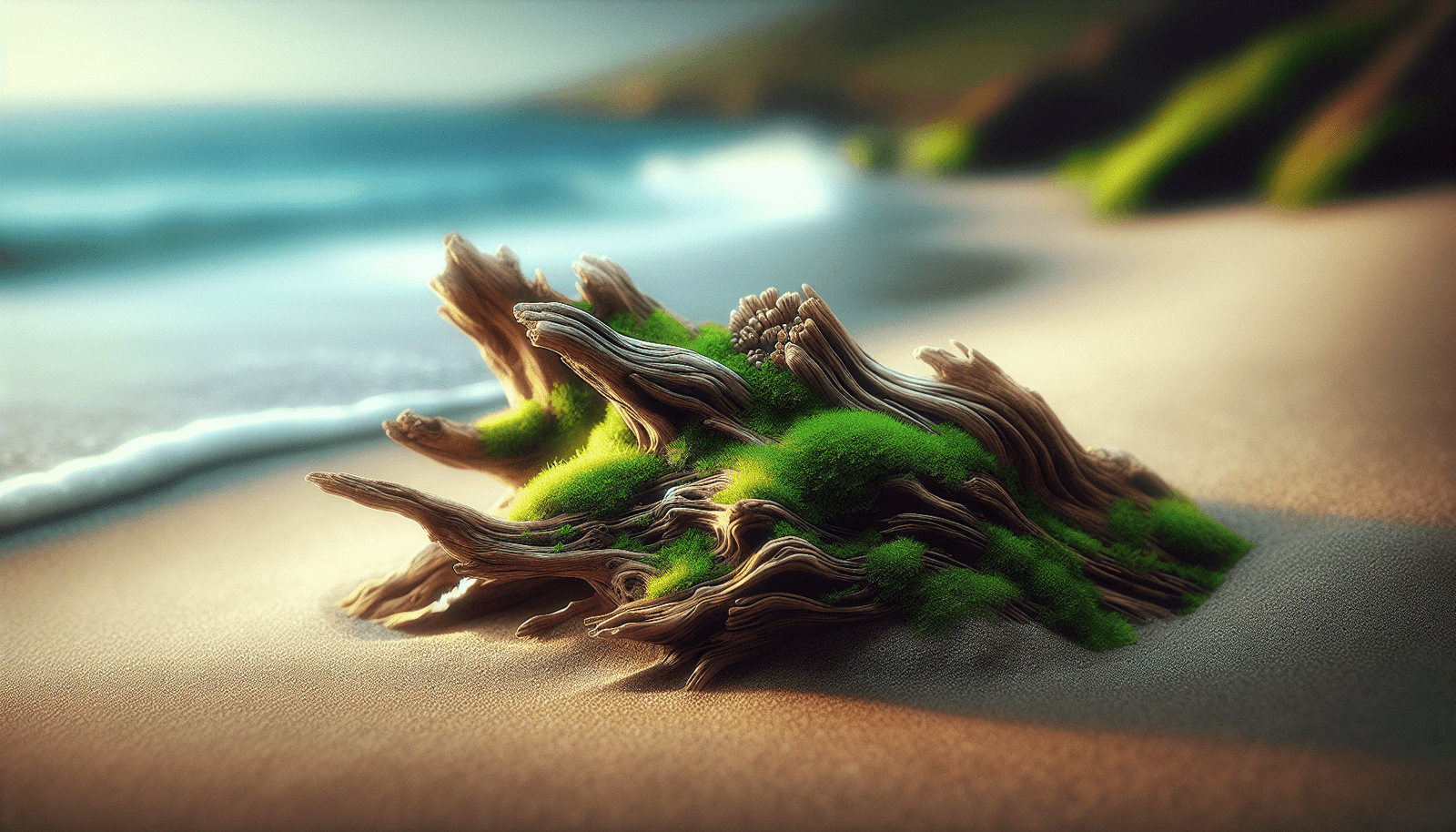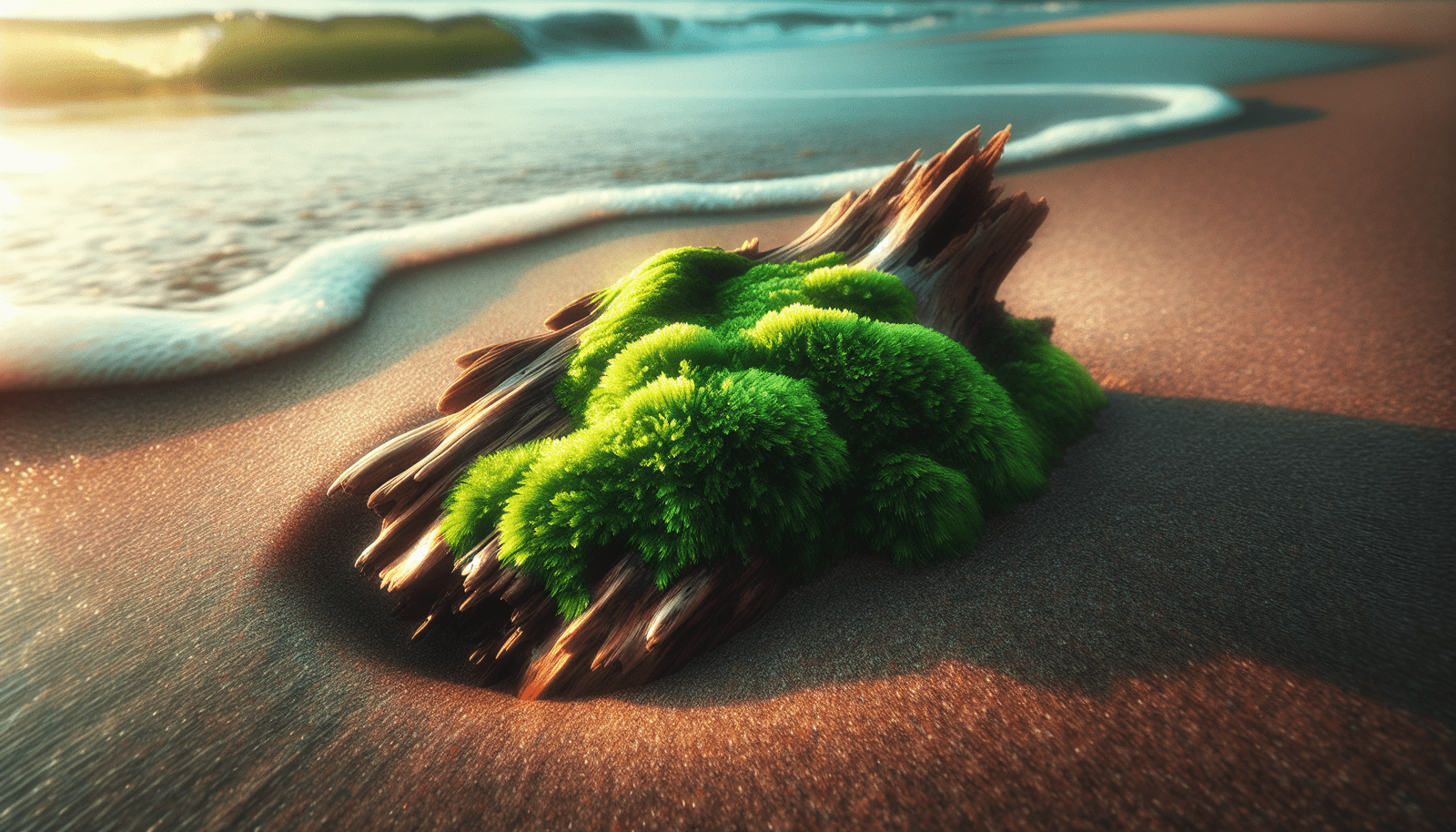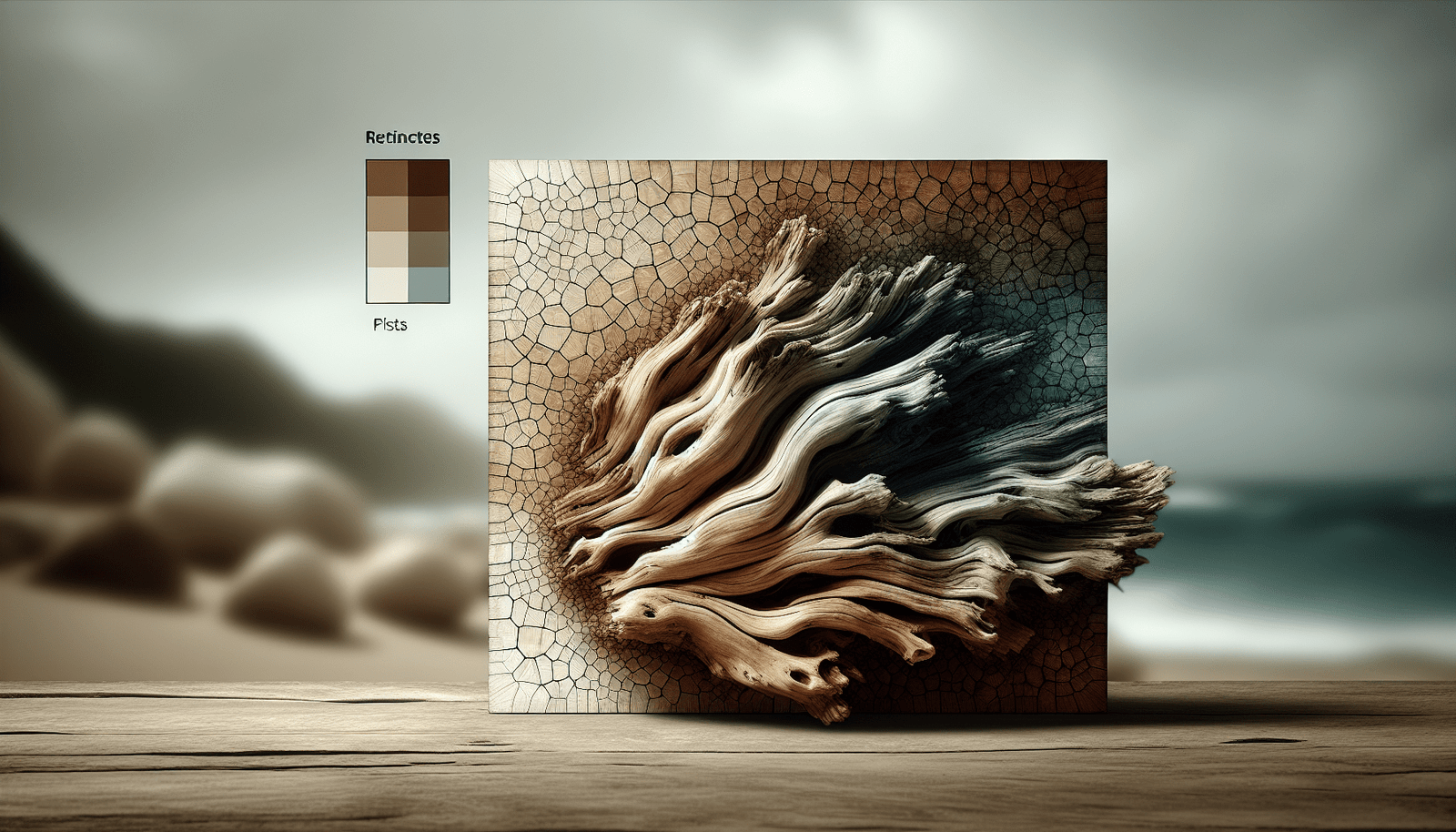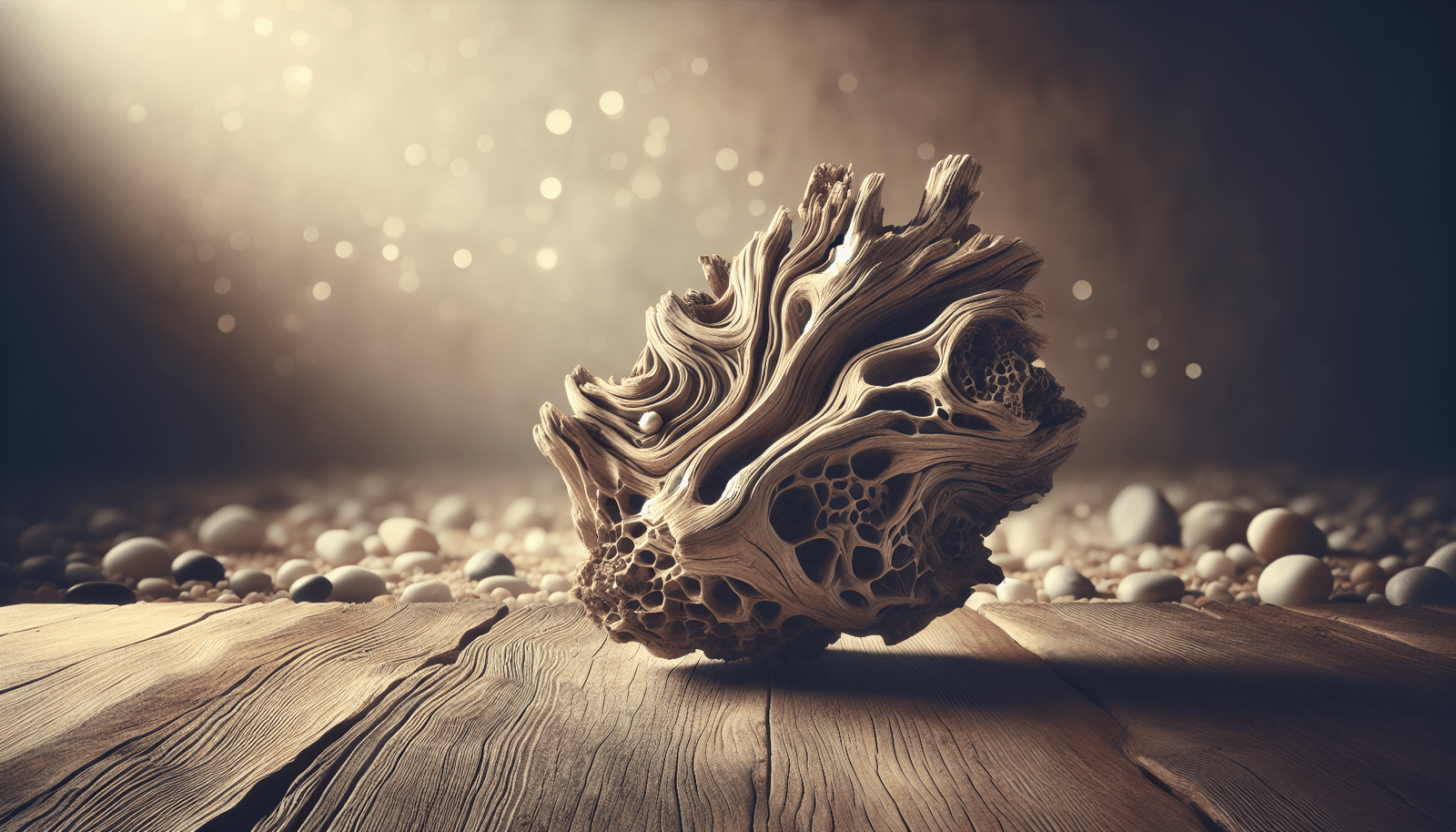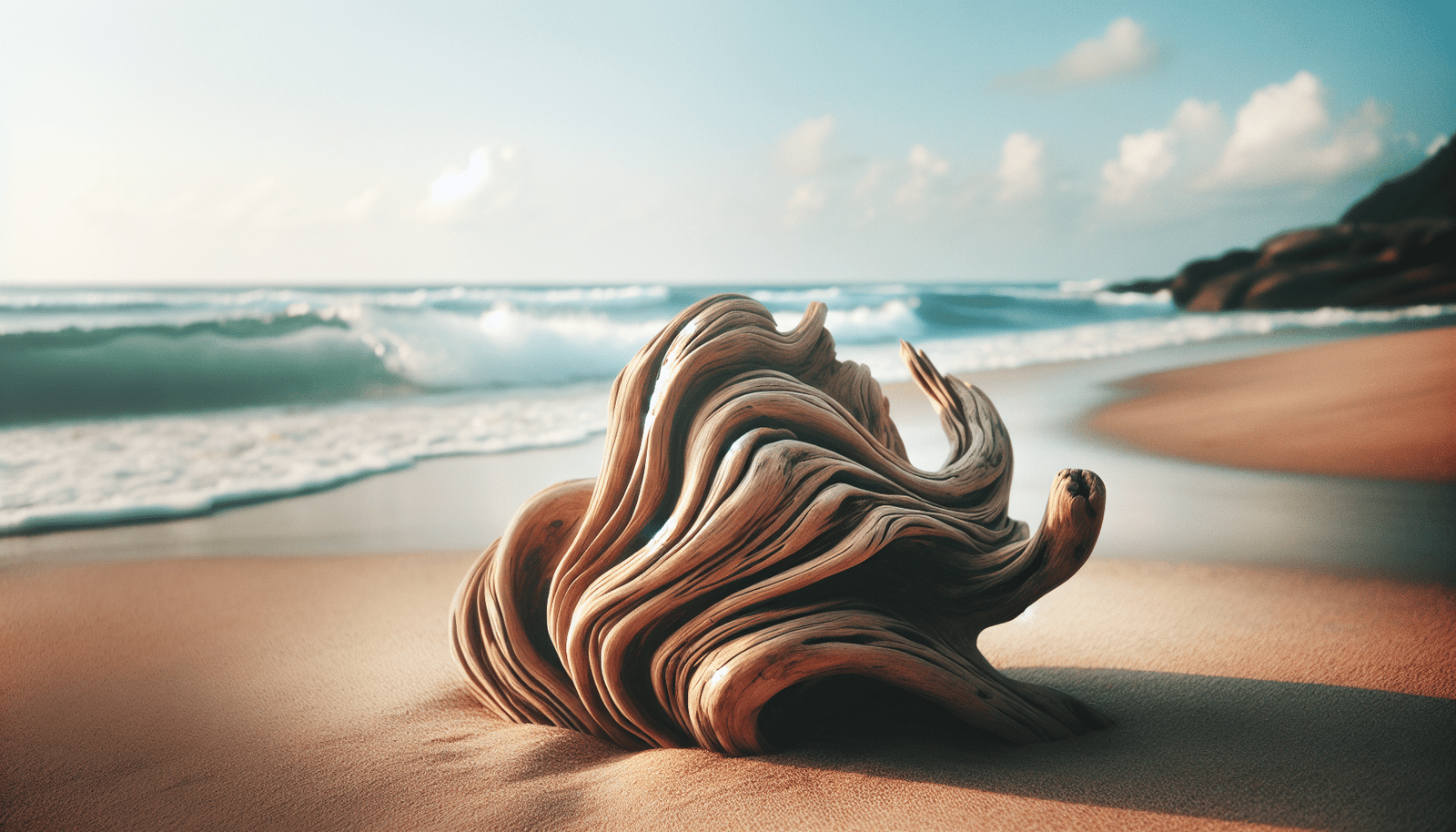Have you ever walked along the beach, listening to the waves gently crashing against the shore, and found yourself drawn to the oddly shaped, sun-bleached pieces of driftwood scattered along the sand? It’s fascinating how these seemingly insignificant remnants of trees can evoke such a sense of curiosity. But have you ever considered how these pieces of driftwood could be metaphorically related to music, perhaps in ways that aren’t immediately apparent?
Understanding Driftwood: More Than Just Beach Debris
To truly appreciate the connection between driftwood and music, it’s important to start by understanding the essence of driftwood itself. Driftwood is essentially pieces of wood that have been washed onto the shores of oceans, rivers, or lakes by the action of winds, tides, or waves. Over time, as they are weathered by the elements, these pieces of wood are stripped of their bark and branches, creating unique, intricate shapes and designs.
The Natural Process of Driftwood Formation
The journey of driftwood starts in forests or wooded areas where trees or branches are broken off, often during storms or logging operations. These pieces of wood find their way into the water, where they are carried by currents and waves, sometimes traveling vast distances. Over time, the constant motion of the water smooths and shapes them. This transformative journey is akin to the creative process in music — both undergo a cycle of change and evolution.
Driftwood as a Multifaceted Symbol
Driftwood has often been used as a symbol in literature and art, representing change, transformation, and resilience. Like driftwood, music can also travel through space and time, influencing cultures and emotions wherever it lands. Both are subject to external forces, yet capable of being shaped into something beautiful and significant.
The Connection Between Driftwood and Music
At first glance, the rough, weathered pieces of driftwood and the harmonious compositions of music might seem worlds apart. However, they share a profound, symbolic connection in the patterns and stories they both tell.
The Harmony of Elements
Just like an orchestra brings together different instruments to create harmonious sounds, driftwood brings together the elements of earth, water, and air. The Earth provides the wood, water weathers and polishes it, and air carries it to its final resting place. Similarly, music is an interplay of various elements — rhythm, melody, harmony — coming together in perfect synchronization.
Crafting Stories
Each piece of driftwood has its own story, shaped by its journey through time and elements. It bears the marks of where it has been, much like a song or melody carries the weight of the emotions and experiences of its creator. Both are vessels for storytelling, allowing you to connect deeply with the creator or the natural world from which they came.

Driftwood Music: A Unique Genre
Interestingly, there exists a niche genre within the music world that can be described as “driftwood music.” This genre captures the essence of driftwood, evoking the journey, transformation, and stories that each piece carries with it.
The Acoustic Nature of Driftwood Music
In a world dominated by digital sounds and electric amplification, driftwood music returns to basics, embracing acoustic elements reminiscent of the natural sounds you’d find with driftwood gently caressed by waves. This style of music often involves instruments like acoustic guitars, wooden percussion, and other organic sounds that reflect nature’s raw beauty.
Emotional Resonance and Atmosphere
Driftwood music tends to create an atmosphere of calm introspection and connection to nature. Like the tranquil feeling that driftwood invokes on a deserted beach, this music genre encourages you to pause, reflect, and appreciate the simplicity and beauty of the world around you. You might find yourself transported to a place of tranquility and introspection, feeling as though time has slowed down.
Making Driftwood Instruments
For those who are musically inclined, driftwood provides a unique opportunity to create musical instruments. Imagine crafting a guitar or a set of percussion instruments from pieces of driftwood — each instrument carrying its own story and character, its own soul.
Crafting Driftwood Instruments
Building instruments from driftwood combines the disciplines of carpentry, art, and music. The process starts with selecting the right piece of wood, allowing its shape and texture to guide the creation. The goal is to find pieces that will resonate well and have visual appeal, oftentimes letting the wood suggest the form and function of the instrument it will become.
| Instrument Type | Driftwood Component | Role of Driftwood |
|---|---|---|
| Guitar | Body | Provides resonance and aesthetic appeal |
| Flute | Body | Creates a unique timbre based on wood density and airflow |
| Percussion | Frame/Body | Offers natural reverb and tonal quality |
The Qualities Driftwood Brings to Music
Driftwood brings a natural, earthy sound to the instruments created from it due to its unique density and texture. The variations in the wood’s structure, shaped by its journey, add character and individuality to each instrument. The sound produced is often described as warm and organic, enhancing acoustics in a manner that synthetic materials can’t replicate.

Driftwood Music as a Form of Expression
Music is one of the most powerful forms of expression. Driftwood music encourages you to look beyond conventional forms and embrace what nature has to offer. It’s a reminder that beauty and art can be found in the least expected places.
Connecting with Nature
Listening to or creating driftwood music can deepen your connection with nature. It’s a way to bring the outside world inside, creating a bridge between you and the natural elements, fostering sustainability, and mindfulness about the resources used in artistic creation.
Empowering Personal Creativity
Creating and engaging with driftwood music can empower you by tapping into your creative instincts, urging you to see potential in materials you might typically overlook. It’s a call to explore the boundaries of conventional art, much like the wood itself overcomes its origins to become part of a greater, beautiful whole.
Driftwood Music in the Digital Age
In today’s digital world, where music is often created with samples and synthesizers, the presence of something as raw and fundamental as driftwood music is refreshing. This genre stands as a testament to the timeless nature of music, its roots deep in the earth, just like the wood that washes ashore.
Bridging the Old with the New
As digital advancements continue to redefine music production, driftwood music serves as a reminder of the authenticity and depth that come from traditional methods. Musicians often blend digital tools with driftwood instruments, creating a fusion that resonates with both modern and organic audiences.
A Community of Like-Minded Creatives
The rise of driftwood music has also brought together a community of artists, musicians, and crafters who share a passion for sustainability and authenticity in their work. This community values craftsmanship, storytelling, and the beauty of natural imperfections, making it unique in the fast-paced world of music production.
Driftwood Music in Practice: Steps to Get You Started
If driftwood music speaks to you and you feel inspired to step into this world, here’s how you can start your journey.
Finding Your Driftwood
Begin by visiting local beaches, lakes, or rivers to find pieces of driftwood. Pay attention to shape, size, and texture, considering what piece might best suit an instrument or artistic project. Be mindful to respect local regulations about collecting natural materials.
Experimenting with Sounds
Once you have your driftwood, experiment with the sounds each piece can produce. Tap, strum, or blow through them to discover their unique tones. This experimentation phase is crucial as you decide how to construct or modify your driftwood into a functioning instrument.
Collaboration and Community
Connect with other musicians or artisans who have experience with driftwood music. Joining forums or social media groups can provide guidance and inspiration, allowing you to share your creations and learn from others.
The Future of Driftwood Music
As awareness of ecological impact grows, driftwood music could play a larger role in promoting sustainable practices in music production. By valuing organic materials and traditional craftsmanship, this genre can serve as an example for other musical forms to follow.
Embracing Sustainability
Encouraging the use of driftwood and other natural, reclaimed materials in art and music can lead to a more sustainable approach to the creative industries. This might inspire larger companies to reconsider the environmental footprint of their production processes.
Driftwood Music Education
The unique characteristics of driftwood music make it an excellent educational tool for music teachers and students. Learning about instrument-making from driftwood can open conversations about environmental science, geography, and history, providing a multidimensional learning experience.
Conclusion: Finding the Music Within
Both driftwood and music share the ability to connect, transform, and tell stories without speaking a single word. As you consider the journey of driftwood, tossed by elements to form something singular and beautiful, think of music’s capacity to do the same — to take raw emotions and experiences and turn them into something everlasting.
Driftwood music challenges you to find beauty and potential in the world around you, reaching beyond the expected to create something filled with character and resonance. It’s a genre that reminds you of the journey in both art and life, inviting you to stop, listen, and appreciate the symphony that the natural world has to offer.


